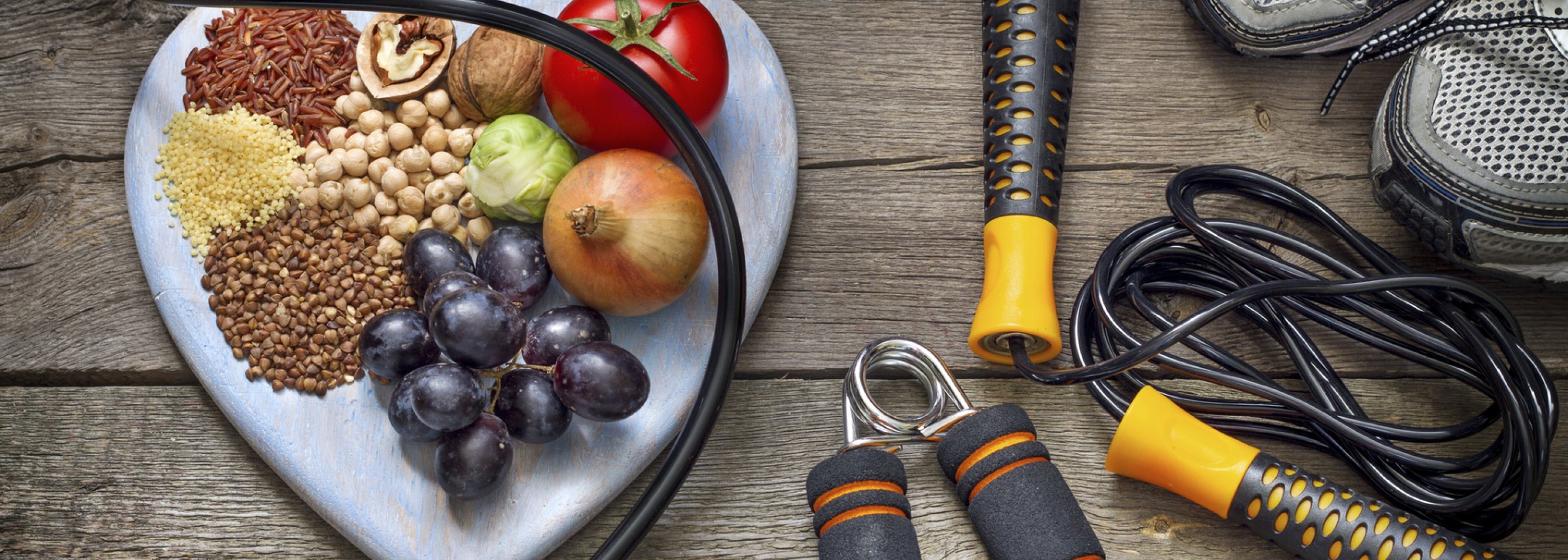Candid Insights
Exploring the latest trends and stories that shape our world.
Fuel Your Gains: What Your Plate Says About Your Progress
Unlock your potential! Discover how your plate choices directly fuel your gains and accelerate your progress in fitness.
Unlocking Muscle Growth: The Science Behind Nutrition and Training
Unlocking muscle growth is a multifaceted process that hinges on both adequate nutrition and effective training techniques. Nutrition plays a crucial role in muscle hypertrophy, as the body needs sufficient proteins, carbohydrates, and fats to repair and build muscle tissues post-exercise. According to a study published by the National Institutes of Health, a protein intake of approximately 1.6 to 2.2 grams per kilogram of body weight is optimal for stimulating muscle growth. Additionally, timing your nutrient intake around workouts can also maximize muscle recovery and growth. For example, consuming a protein-rich meal or snack within two hours post-exercise can significantly enhance the anabolic response, leading to better results.
On the training front, it's essential to incorporate a balanced regimen that includes resistance training, adequate rest, and progressive overload. The principle of progressive overload is key to continuously challenging your muscles to adapt and grow stronger. Studies suggest that varying your training routine every few weeks can prevent plateaus and keep the muscles engaged. Incorporating compound movements, such as squats and deadlifts, can maximize muscle activation and promote overall strength gains. For more insights into effective training strategies for muscle growth, refer to resources provided by the American College of Sports Medicine.

What Every Fitness Enthusiast Should Know About Macronutrients
Macronutrients are the cornerstone of a balanced diet for any fitness enthusiast. They are divided into three main categories: proteins, carbohydrates, and fats. Understanding how to effectively balance these nutrients can greatly enhance your performance and recovery. According to the National Institutes of Health, proteins are essential for muscle repair and growth, making them critical for anyone engaged in regular exercise. A general guideline is to aim for 1.2 to 2.0 grams of protein per kilogram of body weight, depending on the intensity of your workouts.
Carbohydrates serve as the primary source of energy, especially during high-intensity workouts. They can be categorized into simple and complex carbs, with the latter typically providing sustained energy levels. Incorporating whole foods such as fruits, vegetables, and whole grains will ensure you're fueling your body optimally. Lastly, don't underestimate the role of healthy fats, which are vital for hormone production and overall well-being. Aim to include sources like avocados, nuts, and olive oil in your diet for a well-rounded intake of macronutrients.
Are You Eating for Progress? Common Mistakes and How to Fix Them
When it comes to making strides in your fitness journey, the way you eat plays a pivotal role. Many individuals unknowingly sabotage their progress by falling into common dietary traps. One prevalent mistake is underestimating caloric intake. It's easy to think that cutting back on calories is the key to weight loss, but too drastic a reduction can lead to muscle loss and a slowed metabolism. To ensure that you are fueling your body correctly, consider using tools like MyFitnessPal to track your caloric intake and make informed choices. Additionally, pay attention to macronutrient ratios, as a balanced intake of proteins, fats, and carbohydrates is essential for sustaining energy and promoting recovery.
Another common pitfall is focusing solely on restrictive diets rather than adopting a sustainable eating approach. Many people opt for fad diets that promise quick results but ultimately fail to deliver long-term success. Instead, aim for a holistic view by incorporating a variety of whole foods into your meals. This means including plenty of fruits, vegetables, lean proteins, and healthy fats while limiting processed foods. The goal is not just to eat less but to eat better. For more insights on creating a balanced diet, visit Eat Right, where you can find valuable resources tailored to your nutritional needs.